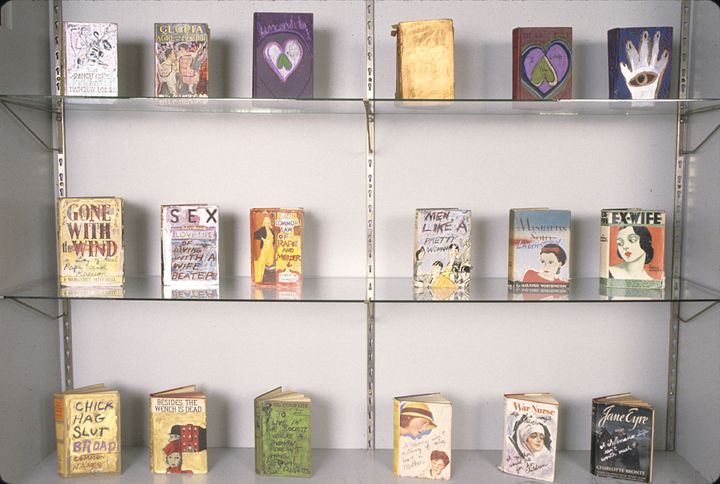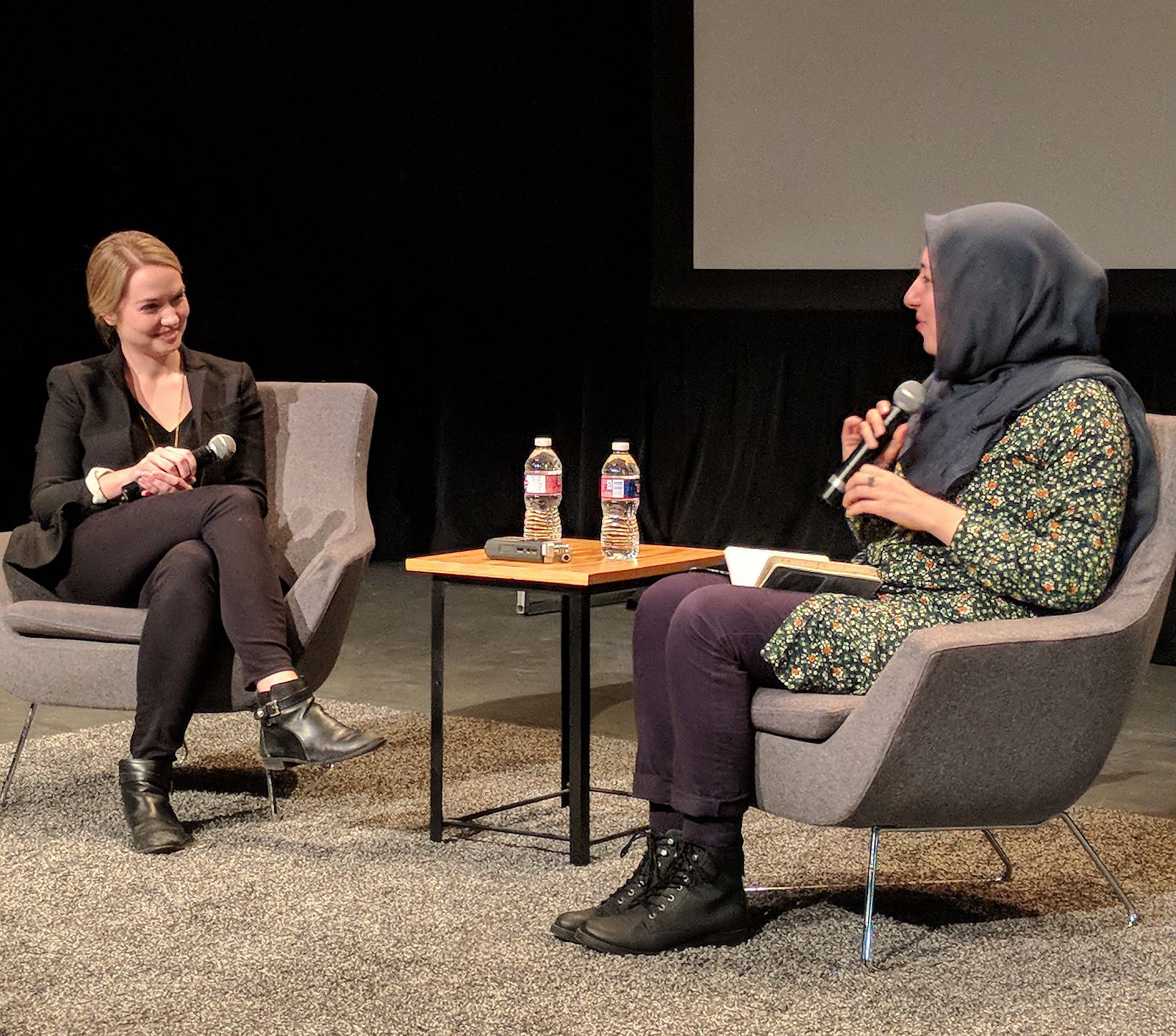Curators Svetlana Kuyumdzhieva and Dessislava Dimova developed this proposal during the Fall 2010 Curatorial Intensive in New York. The proposal eventually became the exhibition The Bulgarian Pavillion at Credo Bonum Foundation in Sofia, Bulgaria, on view from November 3 - 23, 2011.
A series of artistic activities, in various locations and within different institutional structures, which aims at a critical reconsideration of the existing institutional system of presenting art nationally and internationally in Bulgaria.
The Bulgarian Pavilion proposes to create, in Bulgaria, the Bulgarian Pavilion for the next Venice Biennale in 2013. It will seek to reflect the evolution of the relationship between art and power in the context of post-Communist Bulgaria.
Conceived of as a long-term initiative that will develop in installments over the next two years, The Bulgarian Pavilion is a shared platform that comprises series of discussions, public art activities, presentations and screenings. Its ultimate aim is to propose an alternative interpretation of a national pavilion.
The project’s first chapter will launch in spring 2011, immediately preceding the opening of the 54th Venice Biennale.
The Bulgarian Pavilion will be located at the intersection of two seemingly unconnected sites: the Venice Biennale and the empty space in Sofia that was formerly the site of the Mausoleum of the Bulgarian Communist leader Georgi Dimitrov.
THE BACKGROUND
A large part of Bulgarian national identity has developed in relationship to a consciousness of a historical deficit. For many in the Bulgarian art community the Venice Biennale is a utopian locus, representing both the Bulgarian absence from the rest of the world and the potential opportunity to symbolically overcome its historical invisibility. Throughout the history of the bienniale, Bulgaria has had only few, mostly incidental, official representations at Venice. Together with the nonexistent Bulgarian museum of contemporary art, Venice is among the most telling examples of how the importance of art is lost on the Bulgarian state. After years in which the visual arts were of primary importance for the totalitarian regime -- serving as tools for propaganda and identification - Bulgarian art has succeeded in gaining its freedom from the state, but has nonetheless remained incapable of finding a new role in society. In the prodigious lack of both an art market and state funding, such a role is yet to be defined.
THE SITE
The location of The Bulgarian Pavilion, the former space of the Mausoleum, though lacking a direct relation to art, is indicative of the radical rupture in the social tissue that used to hold together art in Bulgaria. Built in 1949 for the mummy of the Communist leader Georgi Dimitrov, the Mausoleum building was demolished in 1999 by the new democratic authorities. Though its high-speed construction, that took only a week, the Mausoleum proved very hard to demolish. It took two series of detonations to finally tear down the building. Today the space of the Mausoleum remains empty, serving occasionally as the temporary stage of open-air concerts or seasonal festivals.
The absence of a Bulgarian pavilion in Venice and the empty space left by the Mausoleum in Sofia are two “blank spots” that represent the Bulgarian historical relationship to modernism in its separation from the developments in the West.
The project aims to be a platform for acknowledging the existing links in this relationship, by creating an homage to Christo -- the most prominent Bulgarian contributor to the global history of public art.
THE PLAN
The first stage of The Bulgarian Pavilion will take place in 2011 and will consist of the following elements:
Through an open-call selection, process the curators will select open-air projects which will be realized on the empty site of the Mausoleum over the course of a month. Two main criteria will guide the selection of the projects: the way they relate to questions of national/international representation of art and the willingness to engage in the current discourses of the local art scene.
A small, parasitic video screening placed in the curatorial exhibition at the 54th Venice Biennale will physically link the space of the Biennial with the space of the Mausoleum. This actual presence in Venice will seek to attract attention towards the specifically Bulgarian art discourses while challenging the bienniale’s centralized model. We see this participation in dialogue to the concepts of ILLUMInations and “para-Pavilions” of this edition’s curator Bice Curiger.
A reading room will be set up in Sofia, which will serve as the project’s headquarters. A short documentary about Christo’s work will be played in it.
Along with the public art activities in Sofia, a conference will be held over Skype in collaboration with Residency Unlimited, New York that will emphasize the mobility of the project as an open platform for debate. An international seminar on the topics raised by The Bulgarian Pavilion will be organized in collaboration with Independent Curators International in Sofia.
While focusing on the notions of national and international in the domain of art, The Bulgarian Pavilion aims at bringing together questions about temporality and temporariness, ideological space and space of expectations, representation and (in)visibility.
Learn More
For more information about The Bulgarian Pavilion contact Svetlana Kuyumdzhieva at svtln.ku@gmail.com.





